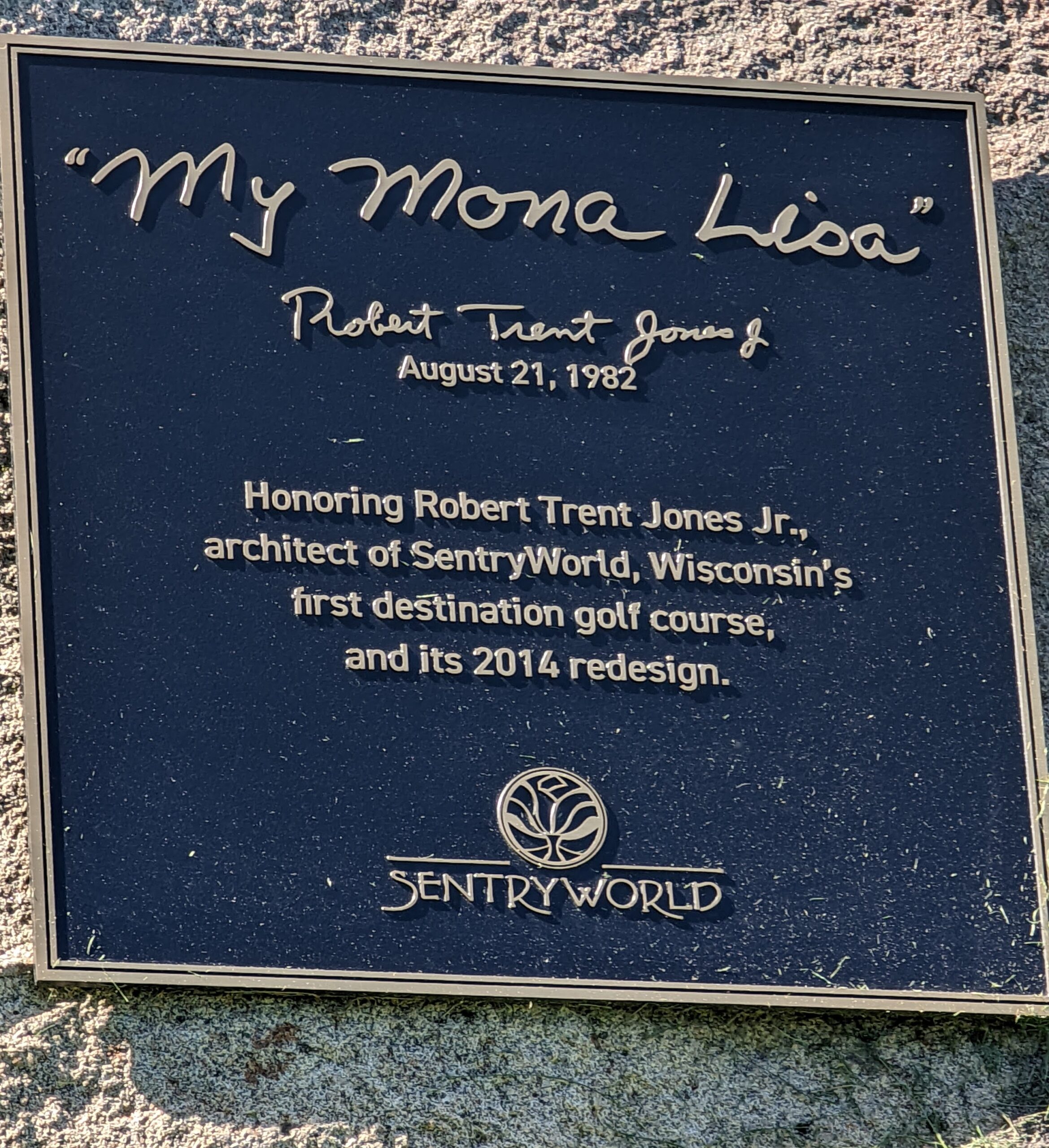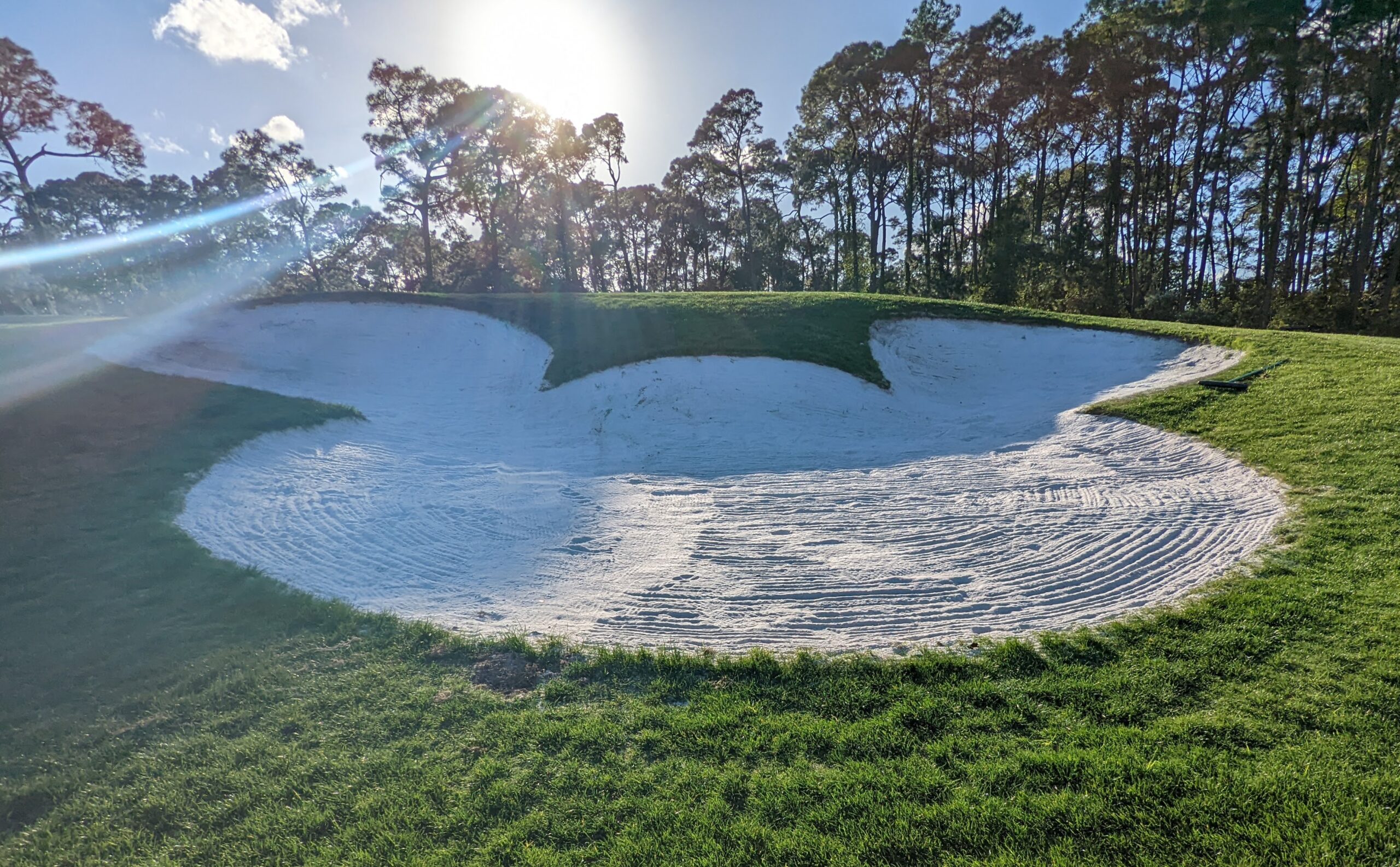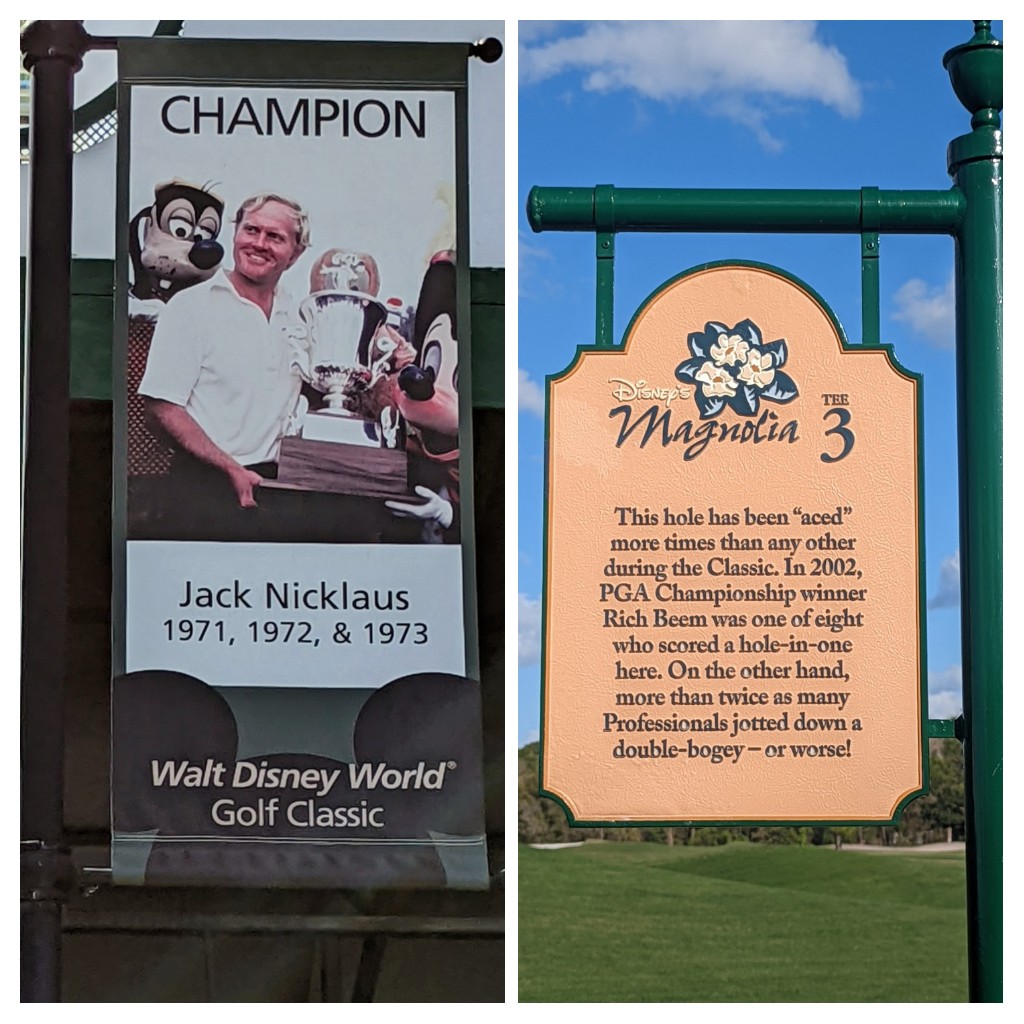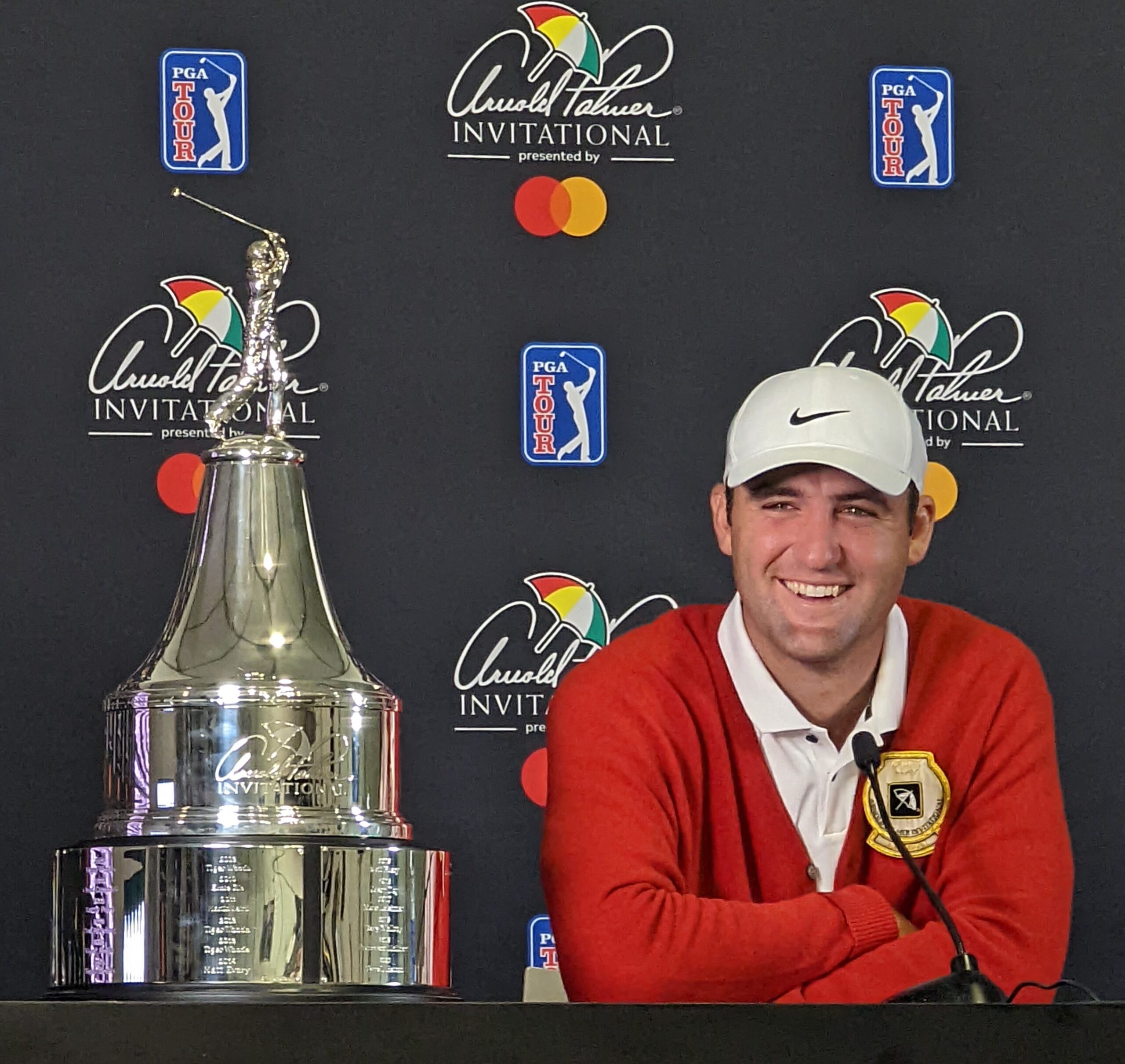
 Patience and loyalty are enviable qualities, and they figure to pay off big time for Sentry Insurance once the 2023 golf season gets into gear.
Patience and loyalty are enviable qualities, and they figure to pay off big time for Sentry Insurance once the 2023 golf season gets into gear.
Sentry was patient, closing the course at its headquarters in Stevens Points, Wis., for two major renovations in the last 10 years. Now it’s on the clock to host one of golf’s most popular events, the U.S. Senior Open, in 2023.
And that’s not all. In August Sentry agreed to a sponsorship extension with the PGA Tour as the title sponsor of the Sentry Tournament of Champions. The agreement started in 2018, as the company’s first major sports sponsorship, and now it’ll be the season-opening event on the PGA Tour from 2024 through 2035.
The tournament will be an early highlight of the 2022-23 season Jan. 2-8 at The Plantation Course in Kapalua, Hawaii with a $15 million purse, up from $8.2 million in 2022 and will lead off the 2024 season when the circuit transitions to a calendar-year season.
With professional golf in a state of flux since the arrival of the controversial LIV Tour the role of Sentry Insurance will be enhanced.
“Our thanks to Pete McPartland (Sentry’s chairman of the board, president and chief executive office) and his team for their partnership, loyalty and trust in the PGA Tour,” said PGA Tour commissioner Jay Monahan.
“One of the smartest decisions we’ve ever made was to align ourselves with the PGA Tour,” echoed McPartland.
Sentry entered the golf business in 1982 with the creation of SentryWorld. The course drew immediate attention for one reason. It’s par-3 sixteenth hole was – at least arguably – the most beautiful hole in golf.
The hole that architect Robert Trent Jones Jr. and his associate, Bruce Charleton, created wasn’t a tough one, but it had over 30,000 flowers on it so it was very easy to look at – and it still is. We had our latest look at it this past July.
In its early years the course simply had 17 other holes, and now – after a trying 10 years – it has much more than that. Jones and Charleton did one renovation of the course in 2012-13 with Wisconsin architect Jay Blasi helping out, and then Jones and Charleton returned in February of 2020 to expand on what they’d done after the resort landed the 2023 U.S. Senior Open.
In effect the course – the only 18-holer on the property – was shut down twice, for two-years each time, over a 10-year period. The accompanying Inn was also almost completely rebuilt as well so, obviously, the first golf destination resort in Wisconsin history was a quiet place for a substantial period.
“That brings back a moment in time when there was a lot of blood, sweat and tears,’’ said Mike James, the resort’s general manager who came on the scene in 2014. “It’s been pedal to the metal on improvement projects to make SentryWorld as good as it possibly can be – and it’s been fun over the years seeing where SentryWorld was and where it is today.’’
James declined to give a cost figure on all the work that has been done on the golf course and in the creation of a beautiful boutique hotel, but he’s convinced “it was money well spent.’’
Jones called the parkland-style course “My Mona Lisa,’’ when it opened 40 years ago. His work there in the first renovation – it’s called a “re-imagining’’ now – resulted in water coming into play on 12 holes. At that time the restaurant and banquet hall were also completely redone.
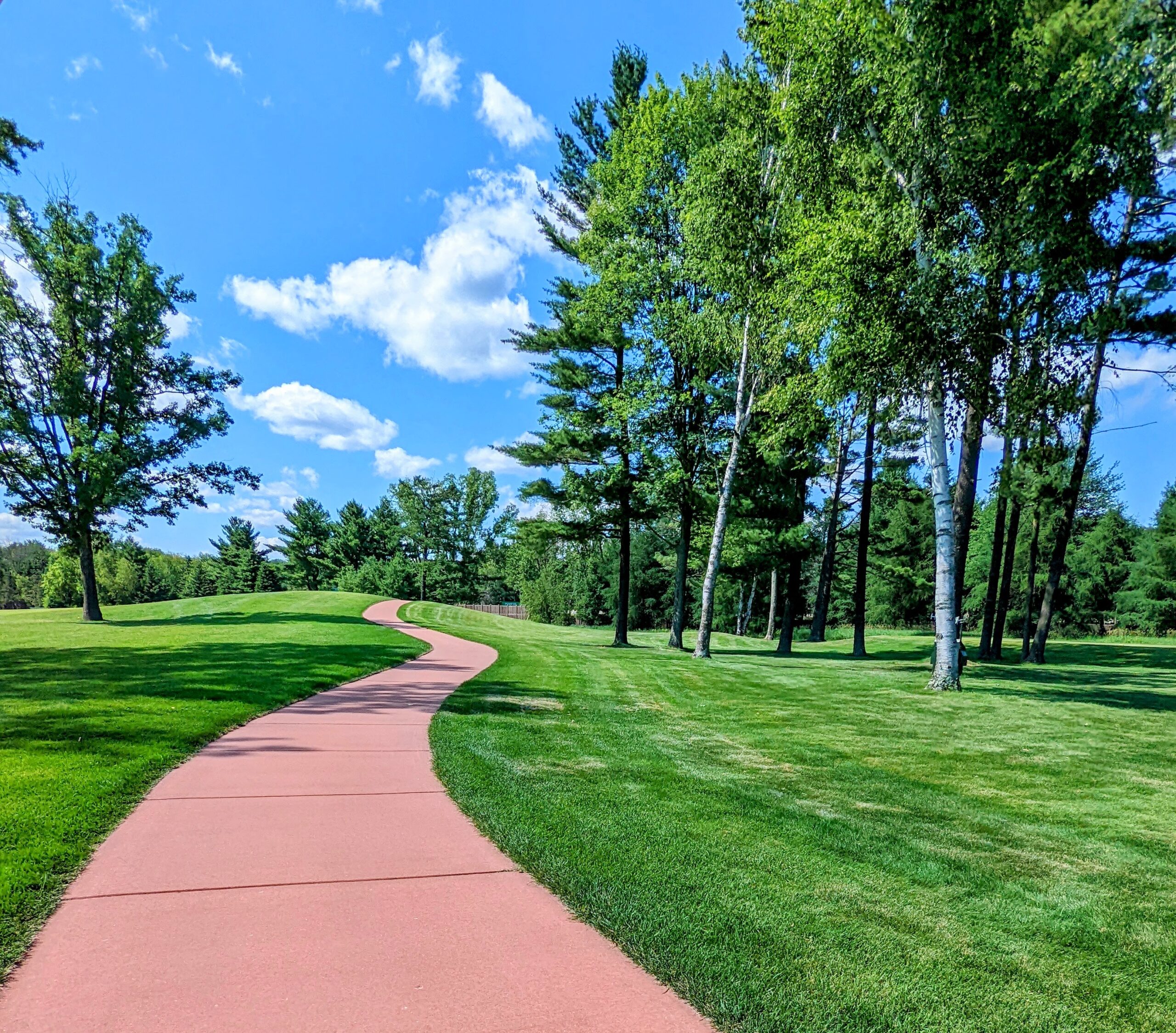
The “re-imagining’’ was created in 2012 and 2013, and the course re-opened in 2014. Most striking was the building of the terracotta colored cart paths. The iconic Flower Hole remains, with 33,000 flowers planted over two days every June. Each year there’s a new palette, with the color scheme and design changing.
Then, in February of 2020 — a month before the U.S. Golf Association announced that SentryWorld would host the 2023 U.S. Senior Open and the pandemic shut down the PGA Tour and most of the golf world — the second renovation began.
“We closed due to Covid and took advantage of that time to make more improvements,’’ said James. “In a weird way the pandemic afforded us the opportunity to make changes when there weren’t golfers on the course.’’
The major project this time involved the installation of the Sub Air irrigation system on every green.
Both the pandemic and the landing of the big tournament played a role in what was happening at the resort.
“It’s hard to tell how we would have progressed,’’ said James, “but the championship means so much to us. They don’t hand those tournaments to just anybody. As for the pandemic, we’re a destination facility and wanted to be careful. We wanted to protect our staff and customers.’’

The Inn, with a unique Frank Lloyd Wright architectural flavor in its design, didn’t open until March 29 of this year and it isn’t there because of the one golf tournament.
“It was done for the benefit of SentryWorld’s general business and Sentry Insurance’s business,’’ said James. “It was a business decision made without regard to the U.S. Senior Open, although it will be utilized for the championship.’’
Last touches on the course are still to be made, and the two new refreshment stations just opened on July 12. SentryWorld went on the clock for its Senior Open as soon as this year’s version at Saucon Valley, in Pennsylvania, was completed.
The event will be contested on SentryWorld’s course from June 29 to July 2 in 2023, six months after the Sentry Tournament of Champions in Hawaii. The Senior Open will be the third U.S. Golf Association national championship played at the resort.
“No doubt it’ll bring the spotlight on SentryWorld,’’ said James. “It’ll be broadcast in 125 countries around the world, and having the best players in the world playing our golf course is an honor.’’
It goes beyond that, however. Other big championships have been held in Wisconsin – at Blackwolf Run and Whistling Straits in Kohler and Erin Hills in particular – but this will be the first such event in the central part of the state.
“It’ll have a $20 million-plus impact to the area, and that’s significant,’’ said James. “We want to give the players a great experience and have the community, the state and the region experience this. Once the final putt drops we’ll start thinking about what else we can do.’’
